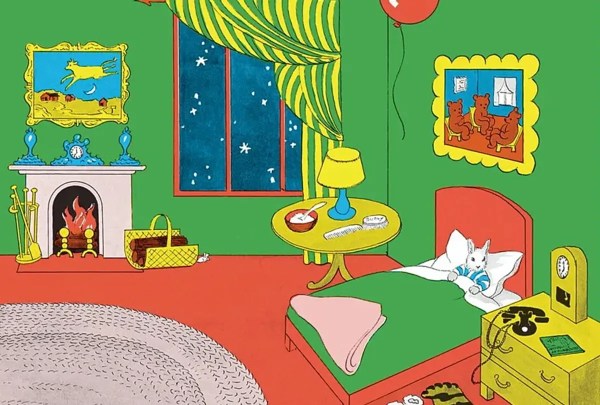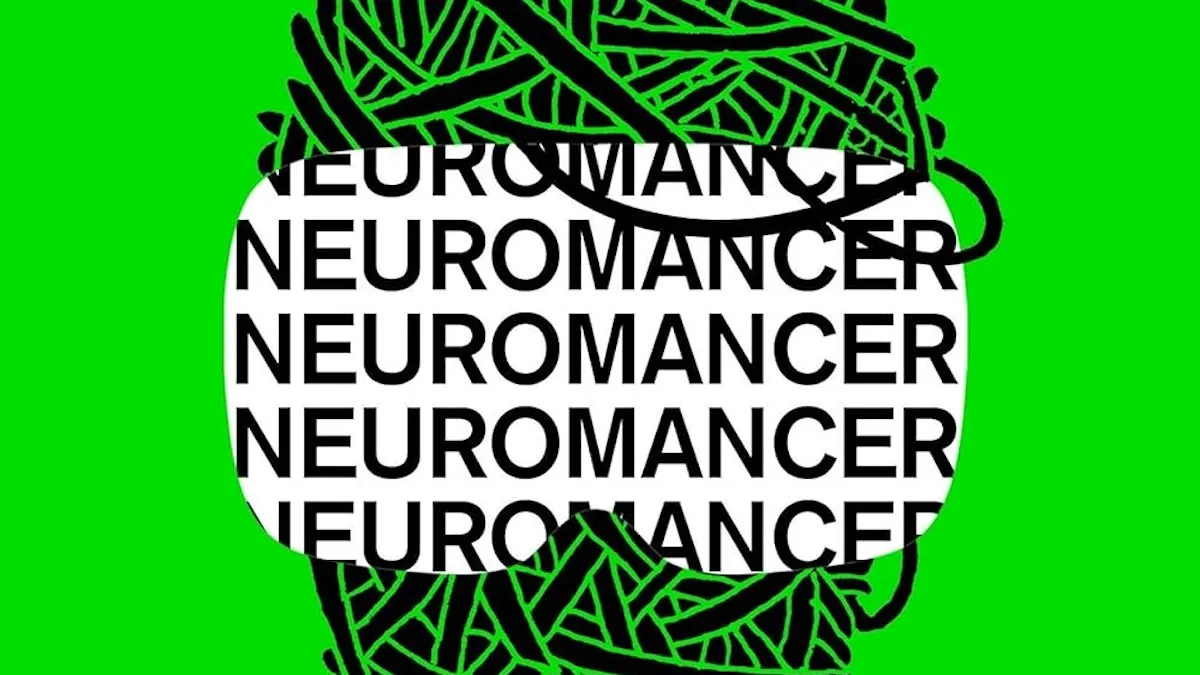Who doesn’t love Margaret Wise Brown’s Goodnight Moon? In this gentle bedtime story, a young bunny in bed surveys all the things in his room and then wishes them all a peaceful goodnight. The kittens, the mittens, the bowl of mush, the moon itself—every detail is lovingly rendered and deeply memorable. Published in 1947, the book is that rare combination of beautiful and completely inoffensive, making it a wholesome story for a wide range of audiences. So why was it essentially unavailable in libraries for 25 years after it came out?
The answer tells us a lot about how drastically attitudes towards children’s literature changed over the twentieth century. It also demonstrates the unsettling power that tastemakers have over what gets read and what doesn’t.
The Genius of Goodnight Moon

In her 2014 New York Times opinion piece on Goodnight Moon, author Aimee Bender comments on the surprisingly masterful execution of the story. She writes that the book “sets up a world and then it subverts its own rules even as it follows them.” Instead of a simple symmetrical structure, in which the story introduces us to all the things in the room and then says goodnight to each them, the second half of the book spirals off to surprising places. There’s a blank page in which the bunny says goodnight to Nobody. At the end, instead of just ending with the old woman in the chair, the book says “goodnight noises everywhere.” Bender suggests that this structure mimics the feeling of the bunny falling asleep:
Isn’t it also the way for us to close our eyes metaphorically with the bunny and be in that state right before slipping off to sleep, that magical drifting moment after floating out with the stars and the air, when we only hear noises and next is sleep? The story has moved so close to the bunny as to become an experiential mirror of his drift and fall. How much deeper and more elegant that is than the neat symmetry we might expect.
As a storyteller, Brown definitely knew what she was doing, and she wasn’t afraid to take risks in her writing—just as any talented storyteller for adults would. But that wasn’t the only source of her success. Brown was also a teacher at New York City’s Bank Street Experimental School, whose pedagogy focused on situating kids in the real world. Brown’s writing style was heavily influenced by her teaching work, and she sought to write children’s books that mirrored the way young children experienced the world around them. That meant simple language, along with stories and concepts that were easy to follow and understand.
However, not everyone agreed with her approach to children’s literature.
Anne Carroll Moore, Librarian and Gatekeeper

Some have said that Goodnight Moon was “banned” after it was published. There’s a kernel of truth to that, but keep in mind that the word “banned” can have a lot of different meanings. Goodnight Moon was never thrown on any bonfires (at least, not to my knowledge). It never appeared on a list of titles blacklisted from schools or libraries. It doesn’t have any content that religious fanatics deemed Satanic or degenerate.
What happened was this: there was a librarian who didn’t like it.
Back in the early 20th century, parents weren’t the primary buyers of children’s books. Libraries were. That meant that a major public library’s decision about whether to include a book in its collection could make or break that title. And that’s exactly what happened with Goodnight Moon. According to Slate, Anne Carroll Moore, head of the children’s department at the New York Public Library, didn’t like Goodnight Moon‘s realism, called it “overly sentimental,” and decided not to buy it for NYPL. You read that right: a book in which a rabbit says goodnight to a bowl of mush wasn’t fanciful enough for Moore’s tastes.
Moore was known for her finicky, and sometimes eccentric, tastes in children’s literature. For example, she also kept E.B. White’s Stuart Little off the shelves of NYPL, and refused to stock Laura Ingalls Wilder’s books because she didn’t like that they were a series. She was famous for carrying around a doll she called Nicholas, and when Wilder’s editors tried to persuade her to stock Wilder’s books, Moore reportedly talked to Nicholas instead of them.
Still, Moore was widely known as an authority on children’s literature, and many in the library and publishing fields looked to her for guidance, so when she rejected Goodnight Moon, other librarians around the country followed suit. As a result, Goodnight Moon spent years floundering, and even almost went out of print.
It’s important to remember that even though we think of libraries as impartial and democratic institutions, they’ve always been subject to the biases and worldviews of the librarians who run them. (Full disclosure: I’ve been a librarian for 10 years, two of which I spent as a children’s librarian.) It’s not at all uncommon for a librarian to look at a book, think, “eh,” and decline to order a copy. In fact, with limited budgets and shelf space, this kind of decision happens every single day. And yes, that has a very real effect on which books readers can find and access. If you want to see a rousing and heated discussion, just stroll into a room where librarians are wrestling with the ethics of which books to include and exclude from their collections.
What’s extraordinary about Goodnight Moon is the extent to which librarians around the country fell into lockstep behind Moore. But is that kind of groupthink really so different from, say, the Booktok trends we see today? How much does one influencer’s opinion dictate which books succeed and which ones fail?
Of course, the story of Goodnight Moon has a happy ending. In the decades after its publication, sales of the book slowly increased, until by 2017, 48 million copies had sold. NYPL finally began to stock the book in 1972, and it’s hard to find a library these days that doesn’t have at least one dog-eared copy on its shelves.
(image: Wikimedia Commons)









